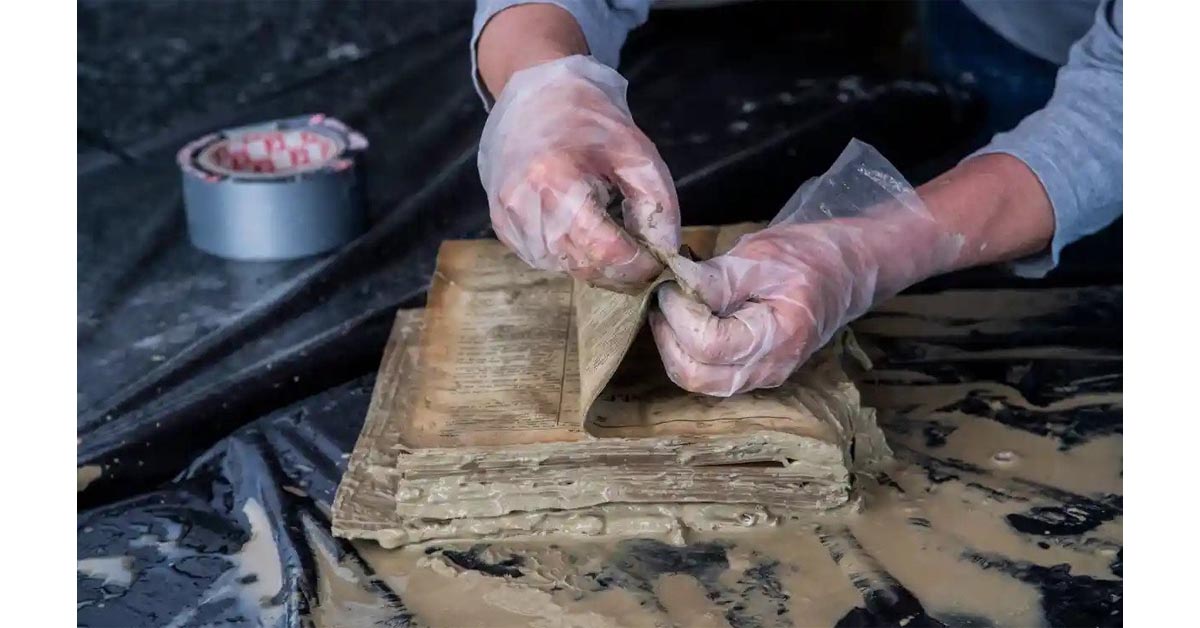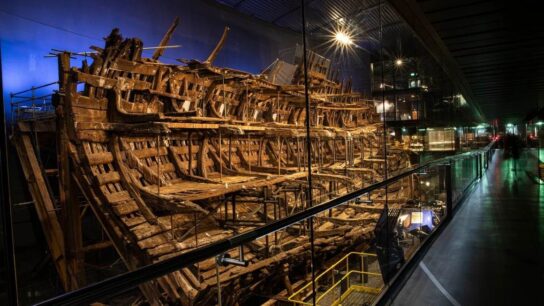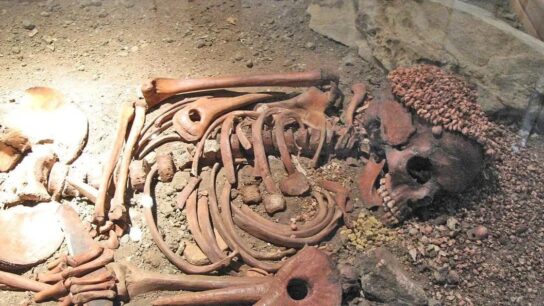Northern Italy floods leave museums submerged and ancient frescoes damaged
Ancient books and manuscripts, some dating back to the 16th century, that have been affected by devastating floods in the northern Italian region of Emilia-Romagna are being stored in freezers in an effort to salvage them.

Volunteers have been transporting the books and other precious documents, which became submerged in water and mud in flooded libraries in the worst-affected areas, to Cesena, where the items will be placed on shelves in temperatures of -25C in industrial-size freezers provided by Orogel, a company that specialises in frozen food.
“We usually use this process for ripe fruit and vegetables within three hours of harvesting, but I never expected this rapid procedure could also be useful for our literary heritage,” the company’s president, Bruno Piraccini, told Ansa news agency.
“I received this surprising request from the library of Forlì and we are happily reorganising space in our warehouse.”
Fifteen people died and thousands were left homeless after intense storms triggered flooding and landslides, which in turn damaged or closed off 500 roads.
Heavy rain has continued to batter Italy this week, with one man reported to have died in flash floods in the southern province of Avellino on Thursday.

The Italian prime minister, Giorgia Meloni, and the European Commission president, Ursula von der Leyen, who pledged aid for Emilia-Romagna, surveyed flood-ravaged areas by helicopter on Thursday afternoon.
“I’m here to send a very clear message – Europe is with you,” Von der Leyen said during a press conference in Bologna.
There has also been significant damage to Italy’s cultural heritage, with 75 monuments, 12 libraries and six archaeological sites affected by the floods.
Lucia Borgonzoni, an undersecretary at the ministry of culture, said the government had set aside €6m (£5.2m) in funding for the heritage.
“Operations to secure historic heritage have been under way since Tuesday,” she said. “At the same time, warehouses are being found to store the material being recovered.”
Some of the most severe damage occurred to books in the library in the basement of the Catholic seminary of San Benedetto in Cava, a hamlet in the Forlì province, after it became deluged with water, as well as those stored in the archives belonging to Forlì town hall.
Ancient books deemed salvageable from the flooded Trisi library in Lugo were also placed in plastic bags before being transported in airtight boxes to the freezers in Cesena. More books are expected to arrive from other areas of the region.
The objective of freezing is to rid the books of excess water in order to prevent further damage before drying and restoring them where possibl. In order for it to work, the books need to be frozen as quickly as possible.

Piraccini said he was providing his company’s equipment free of charge “for the good of the community”. “Our factory is used to maintaining the best quality,” he said.
Weather-related disasters have been on the rise in Italy, a country deemed particularly vulnerable to the climate crisis.
Emilia-Romagna and parts of Marche were also affected by severe flooding in early May in which two people died.




